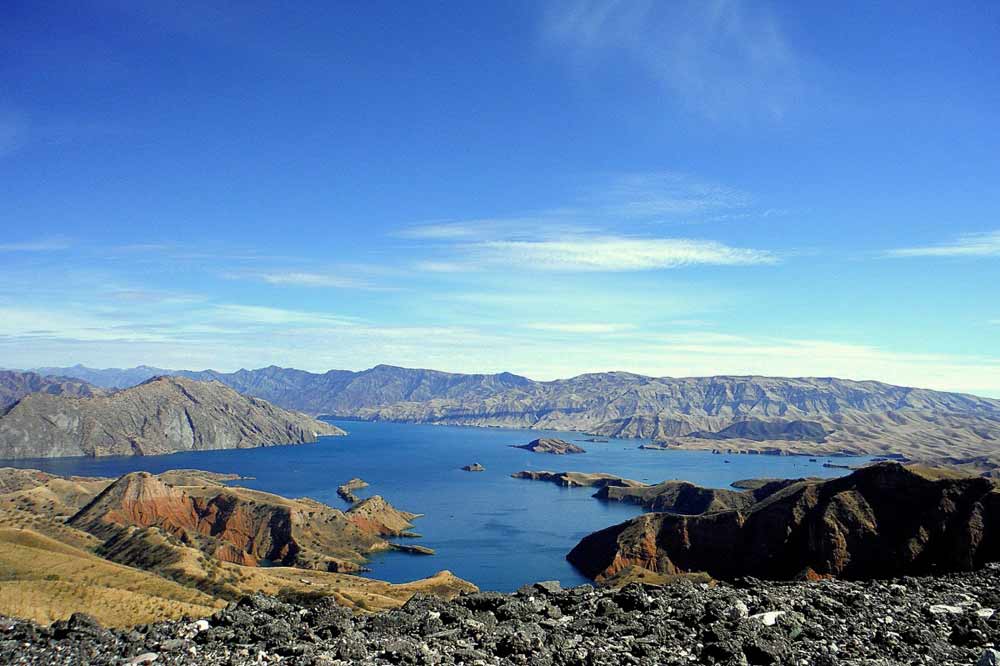Tajikistan fun facts are quite interesting for readers. Tajikistan, a landlocked country situated in Central Asia, is geographically surrounded by several nations, each contributing to its cultural and geopolitical tapestry. To the north lies the mountainous terrain of Kyrgyzstan, characterized by its rugged landscapes and alpine beauty. To the east, the vast expanse of China stretches, with its diverse topography ranging from deserts to plateaus. Southward, Tajikistan shares its border with Afghanistan, a nation steeped in history and known for its rugged mountains and valleys. The western and northwest frontiers are defined by Uzbekistan, a country rich in heritage and marked by its arid plains and ancient cities. This article will feature many more interesting Tajikistan fun facts for you!
Tajikistan Fun Facts
Within Tajikistan, the Gorno-Badakhshan region stands as a testament to the country’s diverse landscape. Often referred to as “Mountain Badakhshan,” this autonomous region boasts Khorugh as its capital, nestled amidst towering peaks and verdant valleys. The rugged beauty of Gorno-Badakhshan encapsulates the essence of Tajikistan’s natural splendor, offering breathtaking vistas and challenging terrain for adventurers and nature enthusiasts alike. Let’s find below some interesting Tajikistan fun facts!
5. A Nation Reclaimed: Emerging Tourism Hub
Despite the shadows of its tumultuous past, Tajikistan is gradually emerging as a beacon of hope and renewal, as its natural splendor draws the attention of intrepid travelers seeking adventure in uncharted territories. Situated as Central Asia’s smallest and most economically challenged nation, Tajikistan boasts a landscape defined by rugged mountains and pristine wilderness, beckoning mountaineers and outdoor enthusiasts alike. At the heart of this allure lies the Pamir Highway, a testament to human ingenuity amidst nature’s grandeur, offering an unrivaled journey through the nation’s awe-inspiring terrain.
More Interesting Facts and Articles
- 60 Interesting Facts about Kathmandu City Nepal
- 30 Interesting Facts About the Flag Of Scotland
- 15 Interesting Fun Facts – Everland Theme Park, South Korea
- 75 Awesome Washington DC USA Interesting Fun Facts
- 70 Archipelago Ibiza Spain Interesting Fun Facts Trivia
- 33 Gyeongbokgung Palace South Korea Interesting Fun Facts
- 29 Andaman and Nicobar Islands Interesting Fun Facts
- 40 Irish Saint Patrick’s Day Interesting Fun Facts
- 25 Interesting Fun Facts About Nami Island South Korea
- 89 Wonders of the World One Must See in Lifetime
- Cultural Wonders of the World – A Complete List
- 22 Pashupatinath Temple Nepal Interesting Fun Facts
- List of 54 Greatest Empires in Entire History Timeline
- 100 United Nations Facts – The UN Basic Facts for All
- 100 Plateau of Tibet Facts to Astonish You
- 200 Kazakhstan Fun Facts Everyone Should Know
- 125 Interesting Facts about Hungary You Must Enjoy
- 200 Interesting Facts about Poland for Travelers
- 200 Cool Facts about Germany to Surprise You




